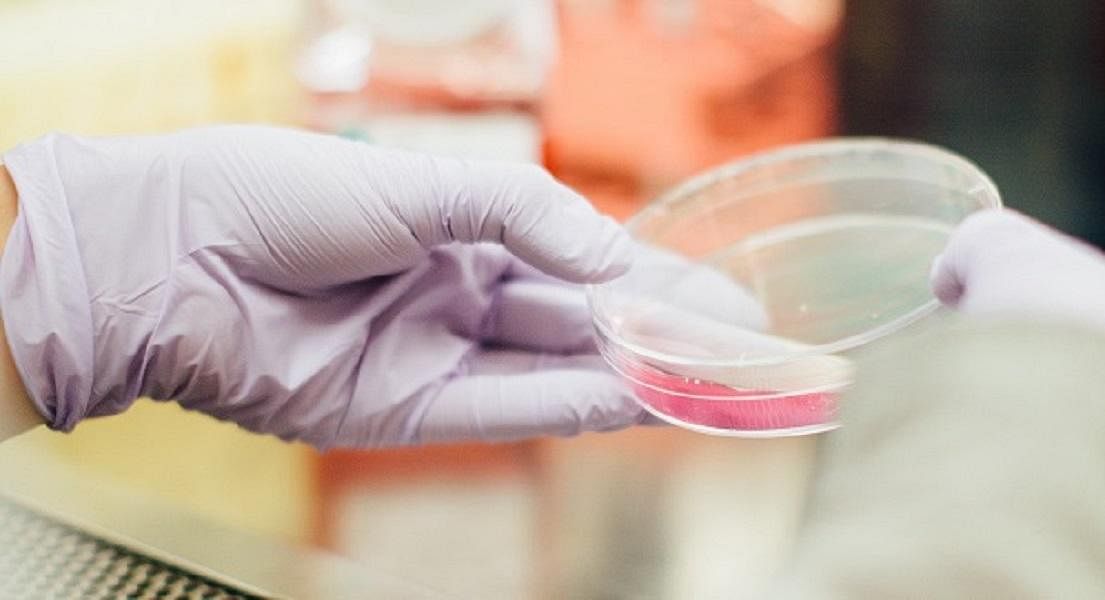Lipopolysaccharides: How Toxic Is Your Gut?
Why you can trust Nutri Advanced Every article on our site is researched thoroughly by our team of highly qualified nutritionists. Find out more about our editorial process.
It has long been known that targeting the gut first can help with a multitude of systemic conditions and now we know that one of the mechanisms by which extra-gastrointestinal symptoms can occur is through the direct effects of lipopolysaccharide (LPS) molecules or endotoxins.
LPS molecules are found naturally in the cell membranes of gram negative bacteria. These bacteria include some harmless commensal bacteria but also include many pathogenic bacteria. When the cell membrane is disrupted through cell death then the LPS molecule is released.
In healthy individuals we possess adequate mechanisms in the gut and liver to process and eliminate these harmful compounds, as demonstrated by the presence of small amounts of LPS in the blood of healthy individuals. These are usually from healthy levels of gram negative bacteria in a healthy gut microbiome. In those with compromised gut health however, it is a different matter. Bacterial translocation of LPS is increased by impaired barrier function, bacterial overgrowth and compositional changes of our gut flora.1 Even the composition of our diet can affect the production of LPS, with high energy diets associated with a transient increase in levels of LPS.2
Once absorbed, mainly through the small intestine, LPS head to the liver where it can induce immune cell activation and inflammation. In liver immune cells LPS induces proinflammatory pathways (via toll-like receptor 4) to produce proinflammatory cytokines, chemokines and interferons. This may account for the variety of different dysfunctions associated with endotoxemia, not least those associated with hepatic inflammation such as cirrhosis and fatty liver.
This just highlights how important it can be to consider endogenous toxins where a client is displaying inflammatory symptoms and how important it is to work on the gut to improve outcomes. At the very least the changes in the gut in relation to dietary interventions, have been shown to ameliorate the detrimental outcomes of endotoxemia.2
References:
1. Seo, Y., & Shah, V. (2012). The role of gut-liver axis in the pathogenesis of liver cirrhosis and portal hypertension. Clinical and molecular hepatology, 18(4), 337-346.
2. Kelly, C., Colgan, S., & Frank, D. (2012). Of Microbes and Meals: The Health Consequences of Dietary Endotoxemia. Nutrition in Clinical Practice, 27(2), 215-225.
This website and its content is copyright of Nutri Advanced ©. All rights reserved. See our terms & conditions for more detail.
Nutri Advanced has a thorough research process and for any references included, each source is scrutinised beforehand. We aim to use the highest value source where possible, referencing peer-reviewed journals and official guidelines in the first instance before alternatives. You can learn more about how we ensure our content is accurate at time of publication on our editorial policy.
Most Popular Articles
-
7 Surprising Ways To Support Your Magnesium
If you are displaying signs of a magnesium deficiency, here are 7 ways to boost your magnesium levels that are easy to incorporate into your daily life. -
5 Best Vitamin C Supplements Picked By Our Experts
Learn more about the different types of vitamin C, the different benefits you get from different types, and what you get for spending more on a good supplement. -
Top 5 Vitamins For Energy And Tiredness Picked By Our Experts
The 5 best and most important vitamins for energy & tiredness including B vitamin food sources & best supplement forms for energy. -
Benefits of Myo-Inositol for Polycystic Ovary Syndrome (PCOS)
In this research review article, we take a closer look at a lesser-known natural compound called myo-inositol that has been found to have significant potential to improve many of the prevalent features of PCOS. -
Top 10 Reasons to Give Your Kids Omega-3
Read the top 10 reasons that kids should have plenty of Omega-3- an essential fatty acid- including for depression, brain function, sleep & reading/maths skills.








